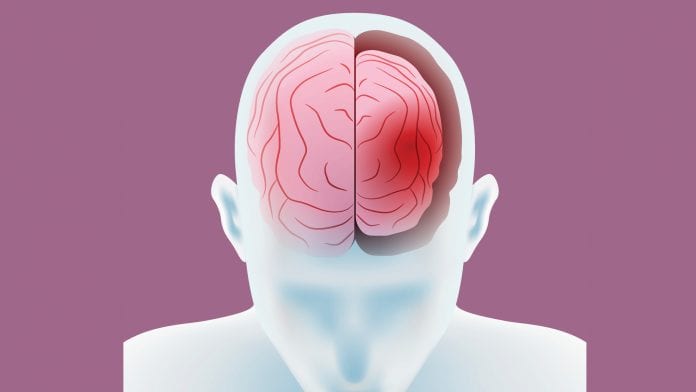
Scientists have demonstrated, for the first time, that a blood test is able to detect frontotemporal dementia.
Researchers from the University of Eastern Finland have demonstrated that the blood-based measurement of glial fibrillary acidic protein (GFAP) can accurately differentiate patients with frontotemporal dementia from those with primary psychiatric disorders or healthy individuals.
The study has been published in the Journal of Neurology, Neurosurgery and Psychiatry.
What is frontotemporal dementia?
Frontotemporal dementia is a rarer form of dementia that causes problems with behaviour and language. Whilst dementia mainly affects people over the age of 65, frontotemporal dementia is most commonly diagnosed in people aged 45 to 65 years old.
The process of diagnosing frontotemporal dementia is complex, as its symptoms are similar to those presented by patients with psychiatric disorders or other neurodegenerative diseases. Currently, there is a lack of tools available to differentiate these patients from each other.
Biomarkers for detection
In the study, the researchers discovered that levels of GFAP were significantly higher in the blood of the frontotemporal dementia patients when compared to psychiatric patients or healthy individuals. Additionally, higher blood levels of GFAP were an indicator for enhanced brain atrophy (the loss of brain cells) and faster disease progression in frontotemporal dementia patients in the follow-up.
GFAP originates from the glial cells in the central nervous system, and its increased levels reflect brain atrophy and neuroinflammation. Brain-derived biomarkers are currently mainly measured from the cerebrospinal fluid (CSF) from patients. However, the new study now indicates that the method of ultrasensitive single molecule array (SIMOA) can reliably detect GFAP also from blood samples. This is much more practical and convenient for the patients and the healthcare system because it reduces the need of CSF sampling and allows for wider use of biomarker measurements in clinical work. At present, identification of suitable blood-based biomarkers for the diagnostics of neurodegenerative disorders is under intensive research.
Whilst the study showed that GFAP performs well diagnostically on its own, diagnostic accuracy was further increased when combined with blood-based measurements of the neurofilament light protein from the same patients.
Future improvements in frontotemporal dementia diagnostics
These findings are expected to greatly inform new tools for improved frontotemporal dementia diagnostics. In the future, it may be possible to distinguish patients with a neurodegenerative disease from patients with other brain diseases even at the onset of the first symptoms. On the other hand, improved diagnostics will also allow better prediction of the disease progression or even assessment of the therapeutic efficacy of future treatments. This enables intervention and support for the patients and their families at the earliest time possible.






















